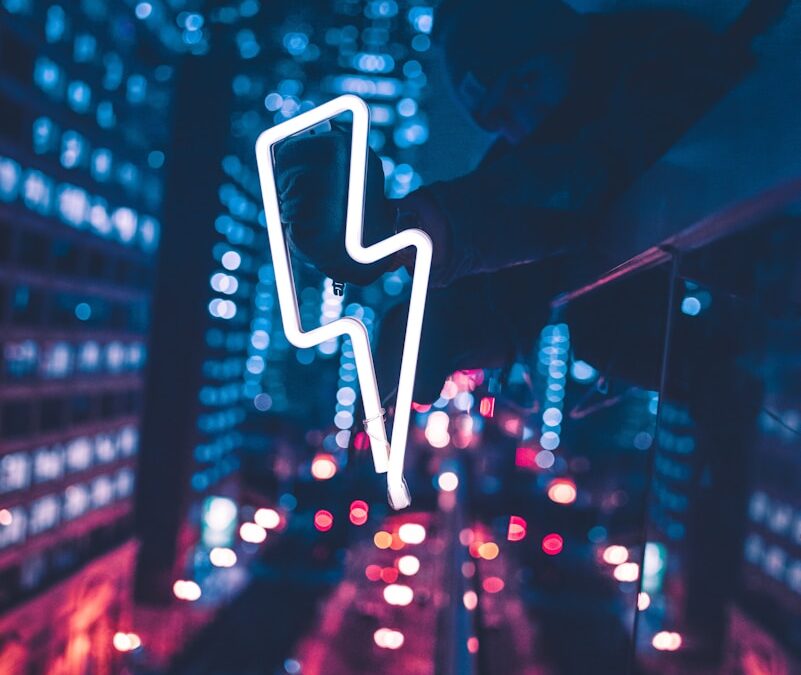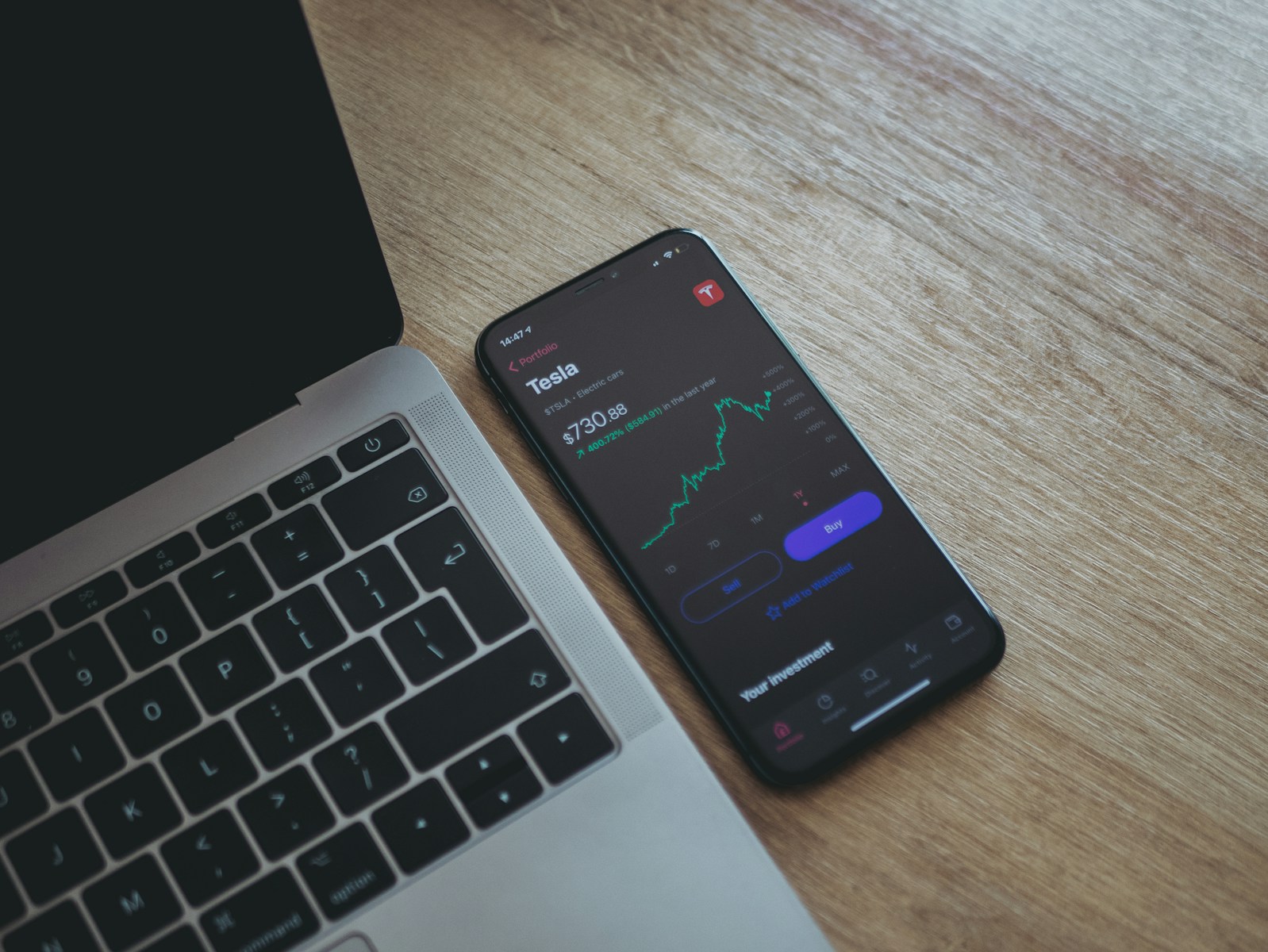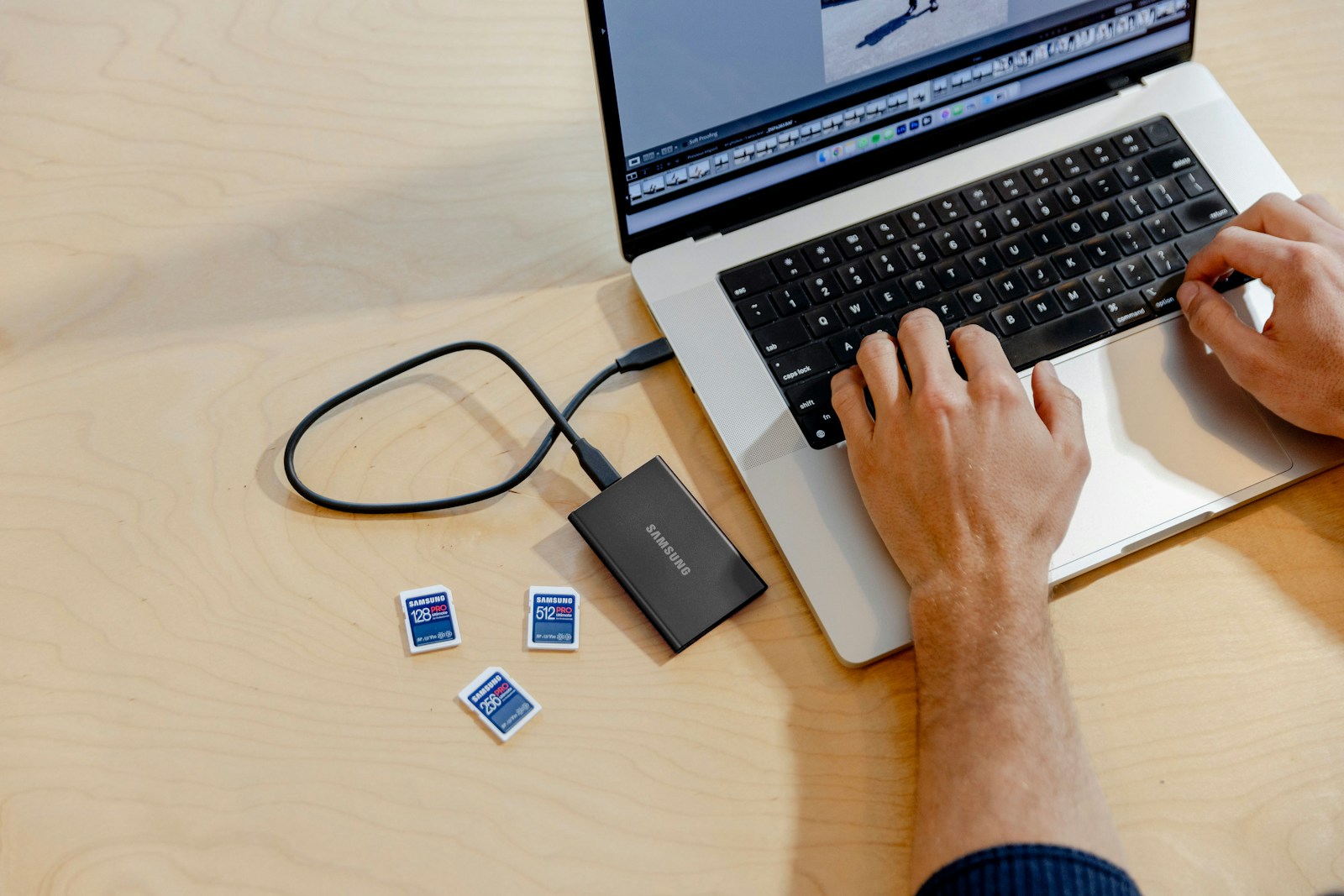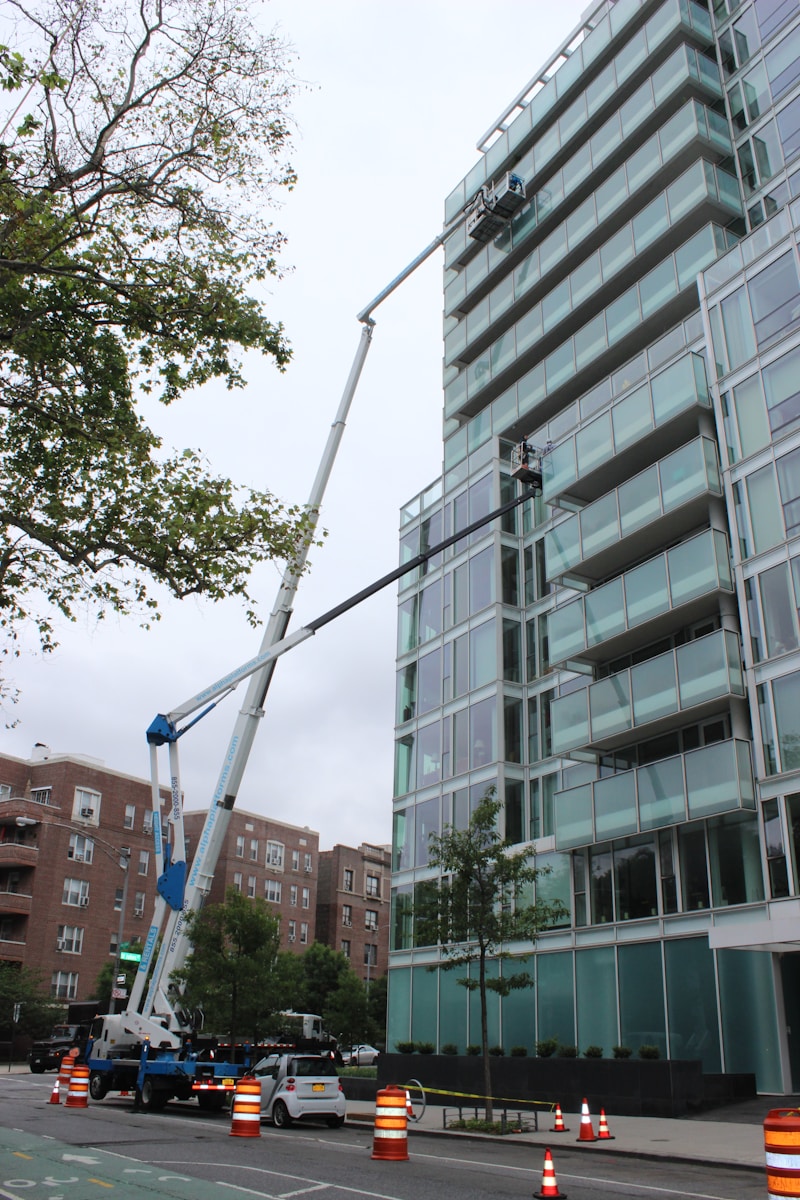Revolutionizing the Energy Sector with Advanced Technologies
Introduction to Digital Twins in Smart Energy Systems
Digital twins in smart energy systems are transforming the way energy sources and technologies are coordinated and integrated. A digital twin is a virtual replica of a physical asset, system, or process, used to simulate, analyze, and optimize performance. In the context of smart energy systems, digital twins enable real-time monitoring, predictive maintenance, and efficient management of energy resources.
Digital twins leverage data from various sources, including IoT sensors, historical records, and real-time monitoring systems, to create a comprehensive and dynamic digital model. This model continuously updates with real-time information, allowing for advanced analytics and decision-making capabilities. By simulating different scenarios and analyzing potential outcomes, digital twins help in optimizing energy production, distribution, and consumption.
The adoption of digital twins in smart energy systems is particularly significant in regions like Saudi Arabia and the UAE, where there is a strong emphasis on modernizing infrastructure and promoting sustainable energy solutions. Cities such as Riyadh and Dubai are at the forefront of integrating digital twin technology into their smart grid and renewable energy projects, ensuring efficient and reliable energy management.
Enhancing Coordination and Integration of Energy Sources
One of the key benefits of digital twins in smart energy systems is their ability to enhance the coordination and integration of various energy sources. By creating a virtual model of the entire energy system, digital twins enable seamless integration of renewable energy sources such as solar, wind, and hydro with traditional energy sources like coal, natural gas, and nuclear power. This integration is crucial for achieving a balanced and sustainable energy mix.
Digital twins facilitate real-time monitoring and control of energy production and distribution. For example, in a smart grid, digital twins can monitor the performance of solar panels, wind turbines, and other renewable energy sources, predicting their output based on weather conditions and other factors. This information is then used to adjust the output of conventional power plants, ensuring a stable and reliable energy supply.
Moreover, digital twins enable better coordination between different stakeholders in the energy sector. Energy producers, grid operators, and consumers can access real-time data and insights, facilitating collaboration and informed decision-making. This improved coordination helps in reducing energy wastage, enhancing grid stability, and optimizing energy costs.
Challenges in Implementing Digital Twins in Smart Energy Systems
Despite their potential, implementing digital twins in smart energy systems presents several challenges. One of the primary challenges is data integration. Digital twins require vast amounts of data from various sources, including IoT devices, historical records, and real-time monitoring systems. Ensuring seamless integration and compatibility among these data sources can be technically challenging and resource-intensive.
Another significant challenge is the need for advanced analytical tools and expertise. Digital twins rely on sophisticated algorithms and machine learning models to analyze data and optimize performance. Developing and implementing these tools require specialized knowledge and skills, which may not be readily available in all organizations. Additionally, continuous monitoring and updating of these models are necessary to maintain accuracy and reliability.
Cybersecurity is also a critical concern when implementing digital twins. As digital twins are connected to various data sources and control systems, they become potential targets for cyber-attacks. Protecting sensitive data and ensuring the integrity of the digital twin environment are paramount to prevent disruptions and maintain trust in the technology.
Strategies for Successful Implementation
Building a Robust Data Management Framework
To overcome these challenges, organizations must adopt several strategies for the successful implementation of digital twins in smart energy systems. Establishing a robust data management framework is essential. This involves standardizing data formats, implementing data governance policies, and ensuring interoperability among different systems. Leveraging cloud-based platforms can also facilitate data integration and provide scalable storage and processing capabilities.
Investing in advanced analytics and machine learning capabilities is another critical step. Organizations should collaborate with technology providers and academic institutions to develop and refine predictive models tailored to their specific needs. Continuous training and upskilling of the workforce are also necessary to build the expertise required to manage and operate digital twin systems effectively.
Enhancing cybersecurity measures is crucial to protect digital twin environments. This includes implementing robust encryption protocols, conducting regular security audits, and establishing incident response plans. Additionally, adopting a multi-layered security approach, including network segmentation and access control, can further safeguard sensitive data and systems.
Real-World Applications and Benefits
The benefits of digital twins in smart energy systems are evident in several real-world applications. In Saudi Arabia, energy companies are utilizing digital twins to monitor and optimize the performance of power plants and renewable energy installations. These digital models enable real-time tracking of equipment health, allowing for timely maintenance and reducing the risk of unexpected failures.
In the UAE, digital twin technology is being integrated into smart grid systems to enhance energy distribution and management. By simulating different load scenarios and predicting demand patterns, digital twins help in balancing supply and demand efficiently. This not only improves grid reliability but also supports the integration of renewable energy sources, aligning with the UAE’s sustainability goals.
Riyadh and Dubai are also exploring the use of digital twins in urban infrastructure projects. For example, digital twins of water and waste management systems enable predictive maintenance and efficient resource allocation. By identifying potential issues early, these cities can prevent service disruptions and ensure the smooth operation of critical infrastructure.
Future Prospects and Conclusion
The future of digital twins in smart energy systems is promising, with ongoing advancements in AI, machine learning, and IoT driving further innovation. As the technology continues to evolve, it will become more accessible and scalable, enabling wider adoption across different sectors. Organizations that invest in digital twin technology today will be well-positioned to leverage its full potential in the future.
In conclusion, the integration of digital twin technology in smart energy systems offers significant benefits for the energy sector and beyond. While there are challenges to overcome, the solutions and strategies discussed in this article provide a roadmap for successful implementation. By embracing digital twin technology, organizations can enhance operational efficiency, improve asset management, and drive business success in an increasingly competitive landscape.
—
#DigitalTwins #SmartEnergySystems #EnergyIntegration #AI #IoT #RenewableEnergy #SaudiArabia #UAE #Riyadh #Dubai #ModernTechnology #BusinessSuccess #LeadershipSkills #ProjectManagement









